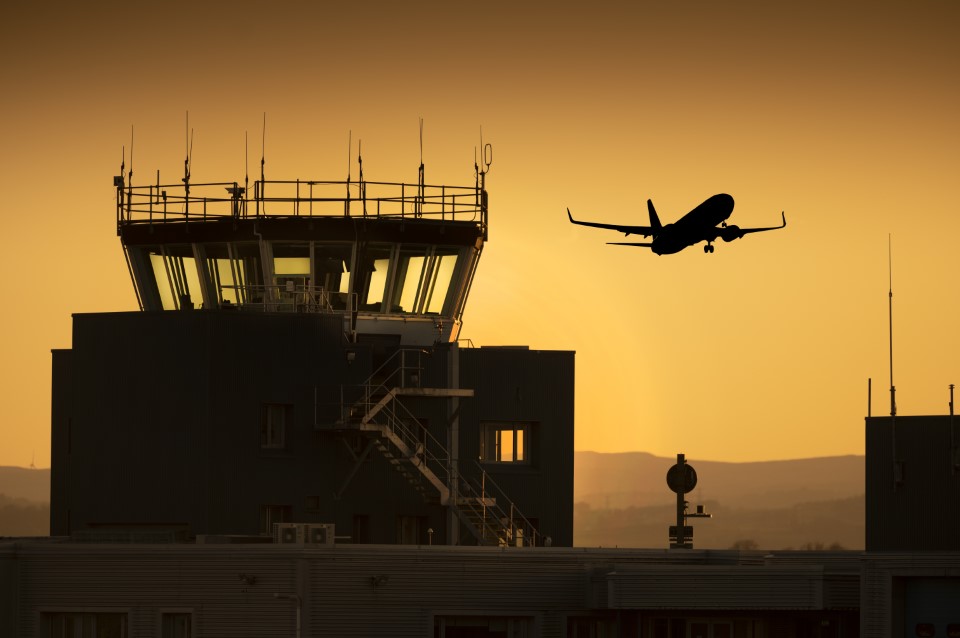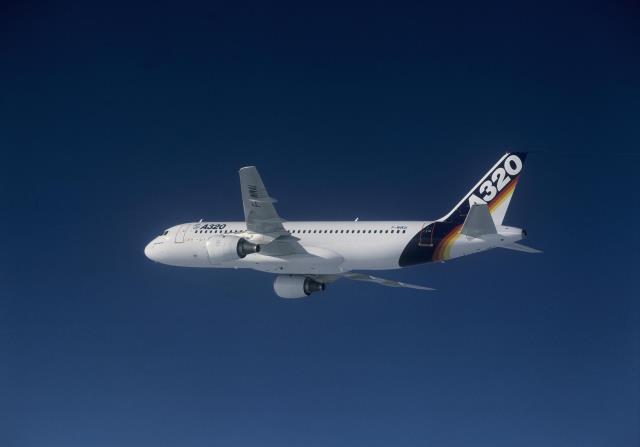Cranfield and Inmarsat report reveals tech set to transform aviation
Above:
Click here
to access the report, Why the future of aviation starts with connectivity
.
Courtesy Inmarsat
The study - Why the future of aviation starts with connectivity - offers insights and direction for key aviation stakeholders and governments as they reconsider their priorities for the industry’s future. This will be fuelled largely by a monumental shift in passenger behaviour and expectations following the pandemic, as well as increased consumer awareness of their impact on the climate.
The report highlights a number of transformative changes ahead for the aviation industry and examines how airlines can take advantage of the enormous opportunities created as a result.
As part of their research, experts from Cranfield University have developed a Digital Connectivity Timeline, which outlines when 21 of the industry’s most critical technological innovations can be expected to reach adoption. It focuses on three distinct timeframes: five years (technologies at advanced stages of development and in some cases are being piloted by organisations ahead of market adoption), between five to 10 years (technologies under early development with potential to be trialled in some sectors) and beyond the next decade (concepts under consideration for product or service offering development).
These technologies will enable a range of innovative concepts to make their way onto aircraft and airspace, helping to define the future of aviation while leading to important step changes in passenger experience and sustainability efforts. Amongst the concepts explored are:
- How the ‘Conscious Aircraft’ uses sensing and communication technologies to create an integrated aircraft health, maintenance, and performance management system that is capable of a fully aware state, with the ability to either take or suggest appropriate action. For example, it can accurately predict the health of aircraft components and automatically reconfigure them to optimise their lifecycle. In addition, it can sense changes in the external environment, like weather or a volcanic ash cloud. With the reduced need for planned maintenance, as well as anticipating the potential for component failures, maintenance costs would be cut by an estimated 30%.
- How the ‘Connected Journey’ will enhance a passenger’s experience with more efficient and personalised wayfinding through airports, more intelligent and response baggage tracking, real-time updates on flight disruptions, and seamless high-speed inflight connectivity.
- How Trajectory Based Operations are a critical step towards the future management of air traffic, allowing more efficient traffic sequencing and routine deployment of so-called fuel efficient ‘green descents’ to airport terminal areas.
- How Artificial Intelligence (AI) and digital trust technologies have enormous potential to be applied across all aviation sectors. AI can provide intelligent advice on aircraft management issues and make informed decisions under pressure – when there is the need to make a diversion, for example – with camera-based traffic detection, or helping crew to anticipate and prevent critical situations. Machine Learning (ML) can improve accuracy of any application involving optimisation, from sensor calibration to fuel tank checks to icing detection.
The report also examines how the complexity and interoperability of future ecosystems are significant challenges for technology providers, regulators and airlines alike.
Philippe Carette, President of Inmarsat Aviation, said: “Our new report with Cranfield University has considered how the role of digital connectivity, in all its forms, can enable and accelerate meeting the rapidly changing needs of air travellers and of the aviation sector itself. It has identified specific challenges and opportunities that, if addressed, will have a direct beneficial effect on the sector’s resilience, its contribution to reducing climate change, and to new customer service offerings that will enhance passengers’ willingness to travel in the post-pandemic world.
“Harnessing the technological innovations explored in this report will be nothing short of revolutionary for our industry, and at Inmarsat, we can’t wait to play our part in bringing them to life through our global connectivity and world-leading ORCHESTRA network of networks.”
Professor Karen Holford CBE FREng, Chief Executive and Vice-Chancellor, Cranfield University: “While this is a time of great challenge for the aviation industry, reports such as this one show the path that technology can put us on towards a brighter and more sustainable future. ‘Digital aviation’ and the foundation of connectivity needs to stop being just a concept of tomorrow and become the reality of today. This report sets out the many technological possibilities and what can be achieved in the short to medium term. What is needed now is for us all to redouble our efforts to make them a reality.”
Inmarsat, the world leader in global, mobile satellite communications, recently unveiled plans for ORCHESTRA, the communications network of the future, which will bring existing geosynchronous (GEO) satellites together with low earth orbit satellites (LEO) and terrestrial 5G to form an integrated, high-performance solution, unmatched by any existing or planned competitor offering. ORCHESTRA allows capacity to be boosted in high-density areas such as at airports, eliminating congested network ‘hot spots’ and ensuring the connectivity needs of aviation customers continue to be met well into the future, with capacity scaled directly to match their requirements.












